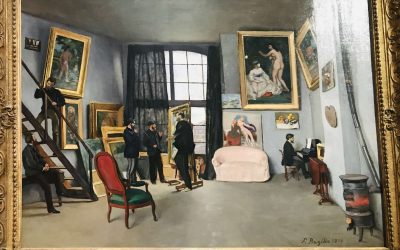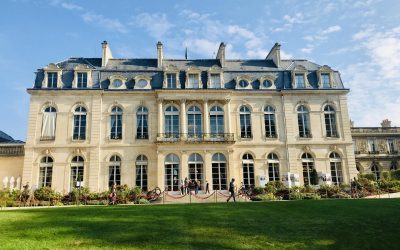Ah, the Duchy of Savoy in France, where history is like a fine wine: complex, occasionally bitter, but ultimately worth savoring.
Nestled among the majestic mountains of the Western Alps lies the remnants of the historical Duchy of Savoy (spelt Savoie in French). Spanning parts of modern-day France, Italy, and Switzerland, the Duchy was in a rather tumultuous neighborhood that ended up sealing its fate.
Imagine a time when diplomacy meant hosting a ballroom dance-off, where political maneuvering happened over a tour of waltz, and alliances were sealed with a perfectly executed curtsy. The Duchy of Savoy was a stage for royal theatrics.
Beyond the powdered wigs and satin gowns, the Duchy of Savoy was a geopolitical hotspot, a veritable hot potato of a territory, passing back and forth between France, the Holy Roman Empire and the House of Savoy like a medieval game of catch.
From its humble origins as a feudal state to its rise as a powerful dynasty, the Duchy of Savoy shaped the course of European history for centuries. It was at the center of medieval power struggles, grand marital alliances, and envious territorial aspirations.
Yes, even the diplomats across the continent had whiplash trying to keep up. It would all lead finally to a territory that is today annexed by France, but a royal family dynasty that would become the foundation for a united Italy.
So raise your goblets, as we embark on a whirlwind through the Duchy of Savoy’s history and get to some facts, shall we? Allons-y!
1. The House of Savoy was founded in 1003.
The House of Savoy was founded in 1003 by Humbert I of Savoy, who was a nobleman from the French region of Burgundy. (It was not yet a duchy, that would come later.)
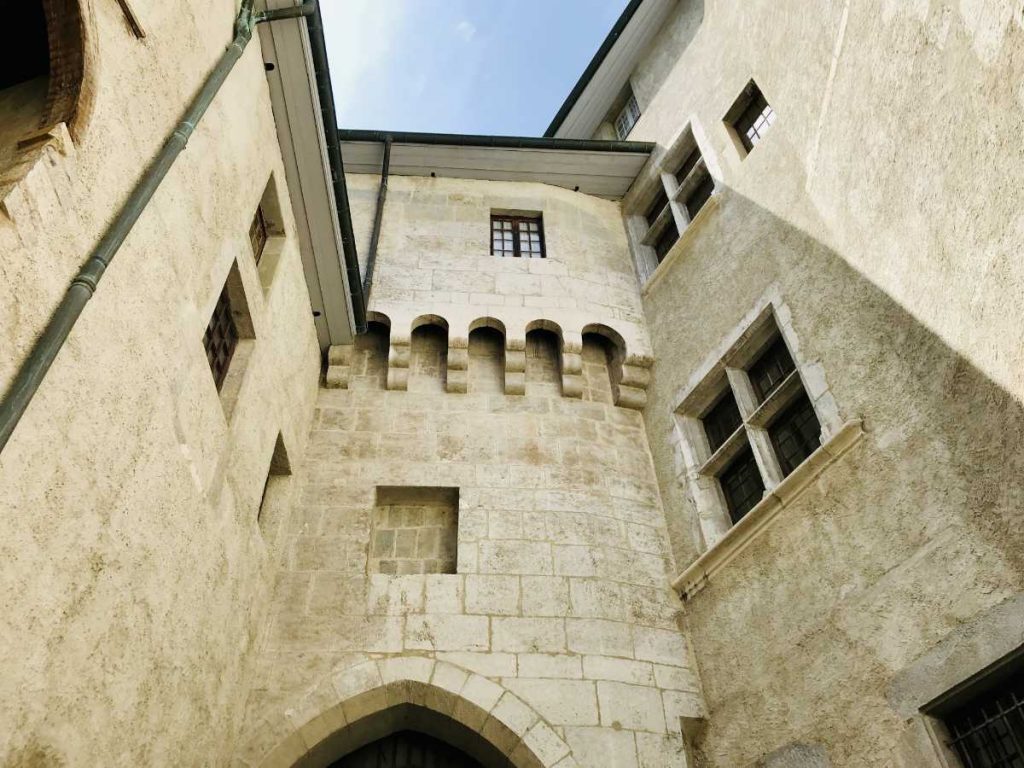
Humbert’s family is thought to have come from the area of Saxony, with the earliest recording of the family being in the 10th-century brothers.
Under Humbert’s influence, the Counts of Savoy expanded their territories and grew in power and influence. The House of Savoy controlled several territories located in the western Alps, spread across modern-day Italy, France, and Switzerland.
2. The House of Savoy became very powerful.
By the 12th century, the House of Savoy had become one of the most powerful states in Europe, with a strong economy and a well-trained military.
It was not yet a duchy, but was also an important cultural center, with many notable scholars and artists living and working within its borders. However as powerful as it was, the House of Savoy would not remain immune to the political turmoil that gripped Europe during the Middle Ages.
3. The title of the Duchy of Savoy was created in 1416.
The Duchy of Savoy was officially created in 1416 when Sigismund, Holy Roman Emperor awarded the title of “Duke” to Count Amadeus VIII. In exchange to giving the Duke more power, the Holy Roman Emperor expected a powerful ally and foot soldier.
The Duchy of Savoy expanded its territory to include the city of Geneva, which was a center of finance and trade. As expected, this expansion brought the Duchy into conflict with the Swiss Confederation next-door, which wanted to control the city for its own gain.
4. Chambéry became its capital.
Every duke needs a capital and with that, the city of Chambéry became the capital of the Duchy of Savoy in 1416.

During the Middle Ages, the Duchy of Savoy became a strategic location for trade and commerce, as it controlled the mountain passes leading to Italy and France.
The Duchy also played a significant role in the military conflicts of the time, as its armies were known for their strength and discipline.
5. The Duchy was caught between the Holy Roman Emperor and the Kingdom of France.
Being in the center of Europe meant that the Duchy was right in the thick of every battle you can imagine.
In the 13th and 14th centuries, the Duchy was frequently caught up in wars between the Holy Roman Empire and the French Kingdom. Despite this, the Duchy managed to maintain its independence, and it continued to flourish under the rule of its various dukes and princes.
6. The local language was Savoyard.
At the time, ordinary citizens in Savoy did not speak French, but a dialect called Savoyard. It was a dialect of one of the local regional languages, Francoprovençal (also known as Arpitan).
It was a mix of the Romance dialects of langues d’oïl and langues d’oc and similar dialects used to be spoken round central-eastern France, all around Mont-Blanc and near Switzerland and Italy, including Rhône Alps.
7. The Duchy was invaded by Francis 1 of France in 1536.
In the 16th century, the Duchy of Savoy faced a new challenge when it was invaded by the French Kingdom in 1536.
King Francis I of France was intent on expanding their territories in Europe, and saw the Duchy of Savoy as a key strategic target. His mother Louise of Savoy was also the eldest daughter of Philip II, the former Duke of Savoy, giving Francis a particular interest in the title.
After a long and brutal conflict, the French were able to conquer the Duchy and integrate it into the French Kingdom. Under French rule, the Duchy of Savoy lost its autonomy and became a province of the French Kingdom.
The Duchy was forced to pay heavy taxes and tributes to the French crown, and its economy and military were weakened. King Francis I also banned the use of all regional languages like Savoyard, for his new language “françoys” (now French).
8. Duke Emmanuel Philibert managed to regain autonomy over the Duchy of Savoy.
In 1559, Duke Emmanuel Philibert of Savoy managed to put an end to the more than 20-year long French occupation. He married Princess Margaret of France and regained his duchy.
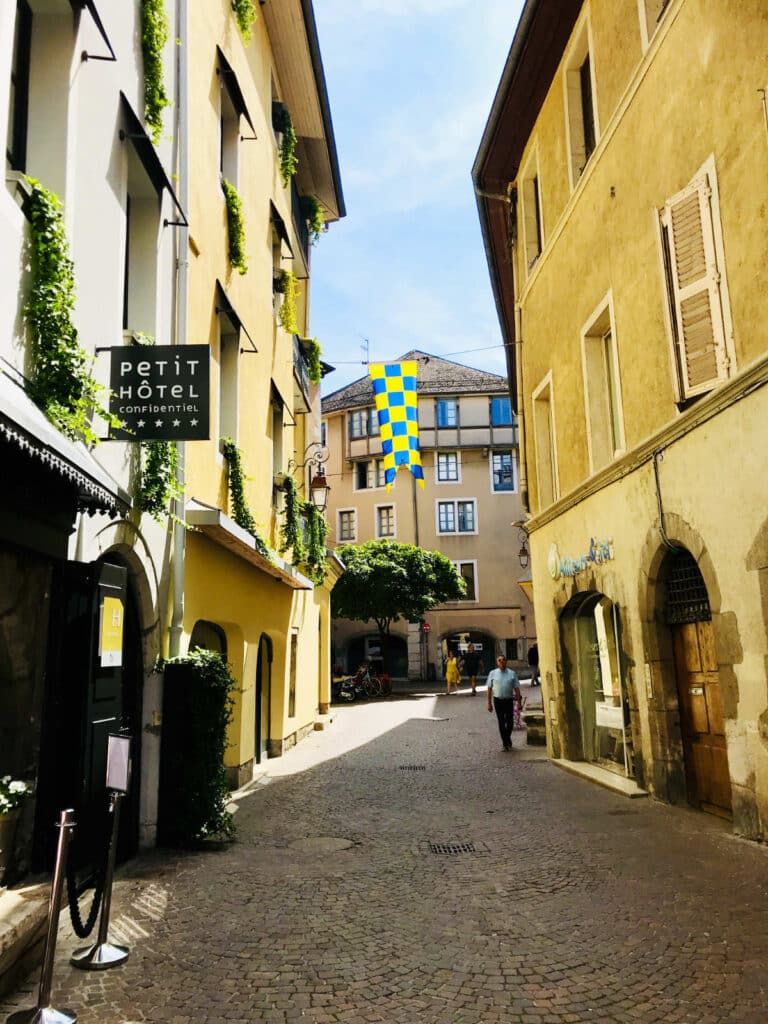
Margaret was the daughter of King Francis I (already deceased) and the sister of King Henry II of France. Just 3 days after her marriage contract had been signed, King Henry was gravely injured during a tournament. The dying Henry insisted that his sister get married immediately to make sure the marriage went through.
The Peace of Cateau-Cambrésis, was signed in 1559, restored full autonomy to the Duchy of Savoy, with Margaret becoming Duchess.
The Duke was a skilled diplomat and military strategist and by the end of his reign, it included most of present-day Piedmont and parts of Lombardy in Italy. The couple had one son Charles Emmanuel I, who would go on to become the next Duke of Savoy.
9. The area was fought over for centuries.
Despite the House of Savoy managing to regain autonomy, the area remained in disputed for centuries. Both the Kingdom of France and Holy Roman Empire continued threatening it on several occasions. This is the reason nearby Grenoble was so heavily fortified.
Several fortifications can be seen all across Savoy including by the Sun King Louis XIV and his architect Vauban across the Alps as the territories all battled each other.
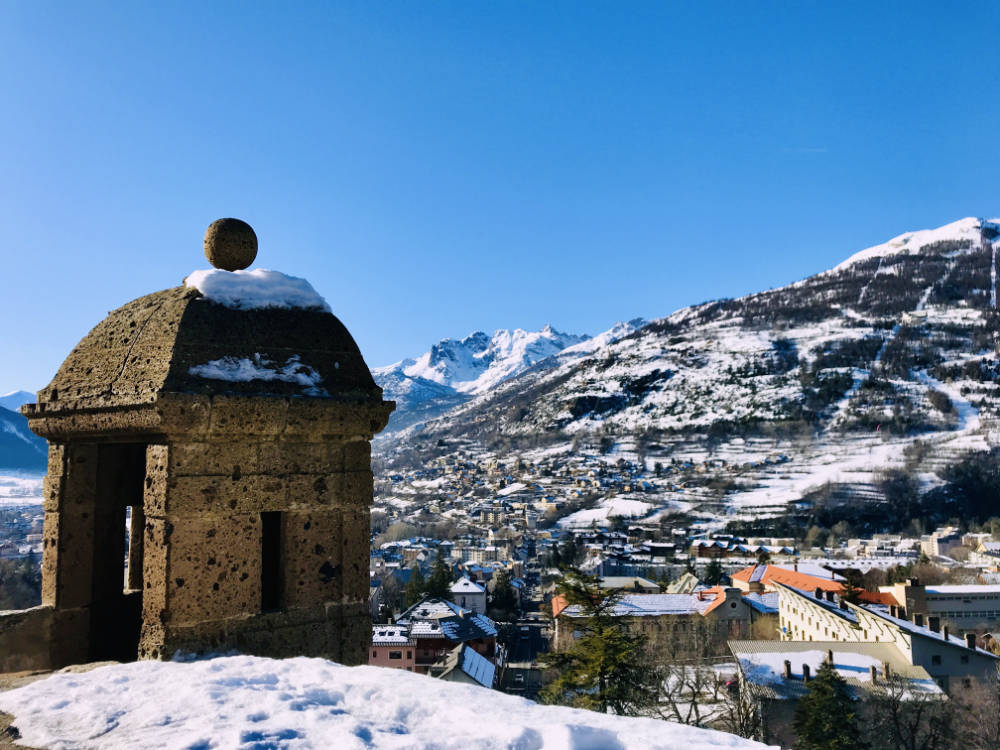
10. The city of Nice became a Savoy stronghold.
As the wars continued, the city of Nice on the Mediterranean became part of the Duchy of Savoy.
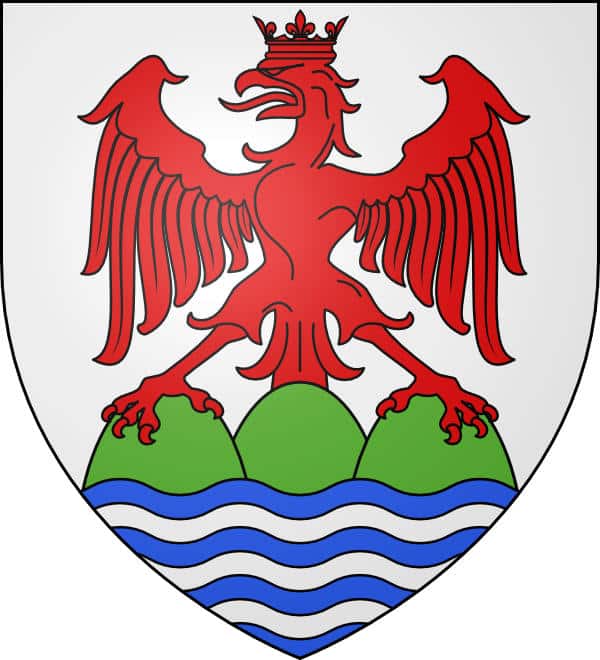
In an agreement, the city of Nice was given the Count of Savoy Amédée VII on 27 September 1388, and became part of the House of Savoy. The city became such a stronghold on the Mediterranean for the Savoyards, that at one point it even became a capital of the Duchy of Savoy.
In addition the famed “Shroud of Turin”, was actually in Nice for a while. It became property of the Duke of Savoy, and was moved to his capital in Chambéry in 1452.
After a fire, it was moved to Nice where it was kept for 7 years from 1536 to 1543, before being returned to Chambéry. (The Savoy capital was moved to Turin in 1562, and hence the shroud moved to Turin in 1578 in a specially built church, where it remains.)

11. Between the French and the Habsburgs, Savoy allied with France.
In the late 17th and early 18th centuries, the Duchy of Savoy was embroiled in the struggles between the French and the Habsburgs, who were the rulers of Austria. The Duchy was a strategic ally of France and provided support to the French during their wars with the Habsburgs.
12. The duchy was invaded during the French revolution.
In 1792, during the French Revolution, the Duchy of Savoy was invaded by the French army and its rulers were forced to flee to Turin, the capital of Piedmont. In 1798, the French established a new government in the Duchy and declared it a part of the French Republic.
13. Napoleon Bonaparte annexed Savoy in 1792.
The duchy covered much of this area of the Alps until Napoleon Bonaparte decided to annex Savoie in 1792 on his way to conquer the kingdoms of Italy. In 1815, after the end of the Napoleonic Wars, the Congress of Vienna recognized the Duchy of Savoy as a part of France.
14. The locals fought for more autonomy.
The Duchy officially remained a part of France until 1860, but there was a lot of turmoil.
The Duchy of Savoy was affected by the rise of nationalism in Europe. Many of its inhabitants began to call for greater autonomy and even independence from the French Kingdom.
15. The Duchy was finally conceded to France in 1860.
After several wars and back and forth, the Duke of Savoie Victor-Emmanuel II finally conceded Savoie to Emperor Napoleon III and the French in 1860. In exchange, the Duke Victor-Emmanuel II got another prize: becoming King of Italy.
The House of Savoy officially became the ruling house of the Kingdom of Sardinia and would go on to rule the newly-united Kingdom of Italy. The lands of the region of Savoy and the County of Nice was annexed into France.
16. Its flag continues to fly as the flag of the department of Savoie.
The old flag of the Duchy of Savoy still flies as a regional flag in department of Savoie in eastern France. Together with the Haute-Savoie, it is one of the two departments of the historical Duchy of Savoy. You can see the flag flying all around the city of Chambéry and Annecy.

Today, the Duchy of Savoy is remembered as a key player in the history of Europe, and its legacy continues to be felt in the modern-day regions of Italy, France, and Switzerland. Despite its tumultuous history, the Duchy remains an important part of the cultural and political landscape of Europe, and its legacy continues to inspire and influence people around the world.

If you enjoyed that article, you may like to read more about the history of France. A bientôt!

